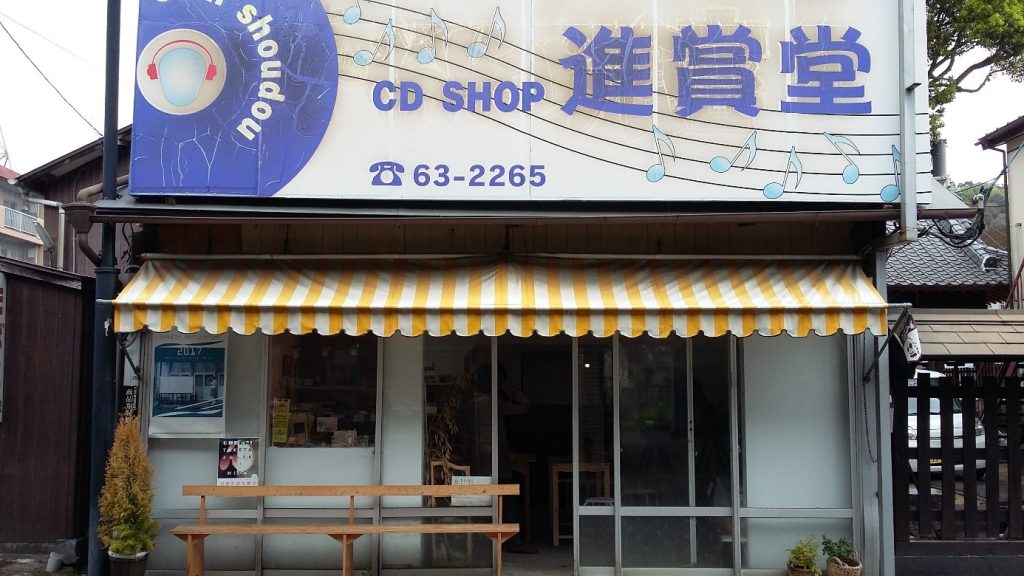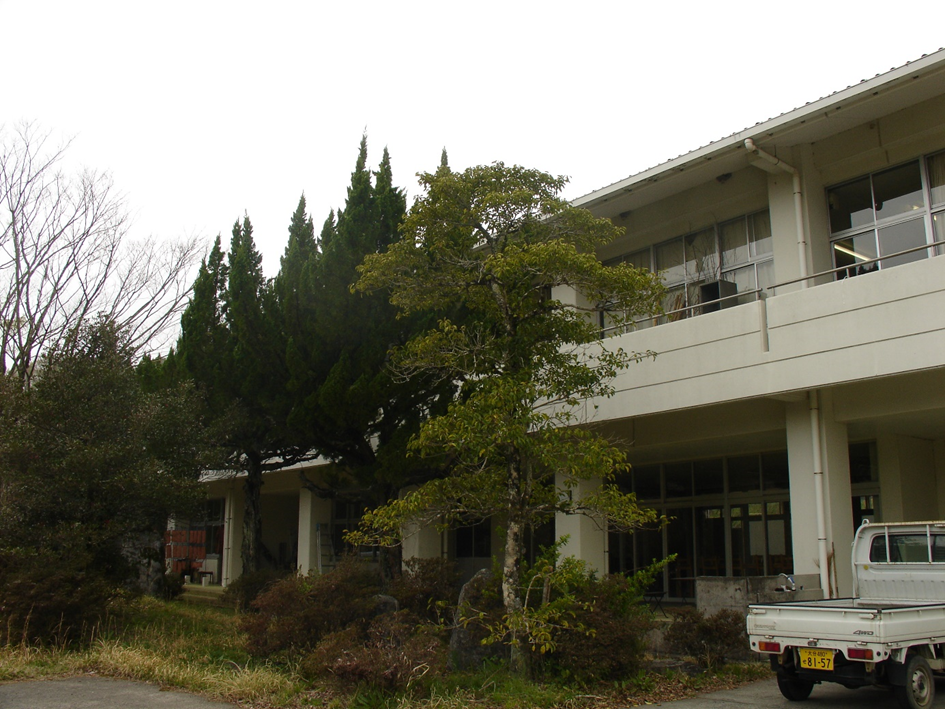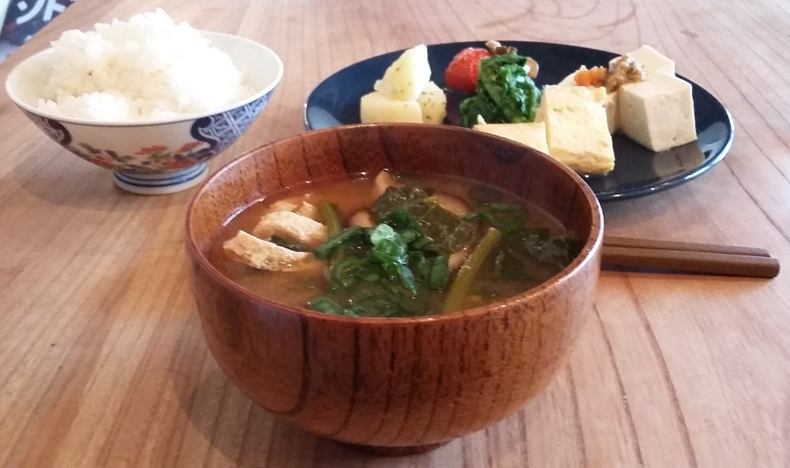by Cornelia Reiher
This blog contains several posts about and by members of chiiki okoshi kyōryokutai (COKT). Launched in 2009 by Japan’s Ministry of Internal Affairs and Communications (Sōmushō), COKT provides funding to communities in rural Japan to hire people who move into their communities and promote revitalization activities for three years (Reiher 2020). However, when editing recent blogposts and scrolling through numerous Instagram profiles of urban-rural migrants and local and central government websites, I was struck by the wide variety of English translations for the program. Some examples include “rural revitalization corps,” “local vitalization cooperator,” “local revitalization squadron” and “community building support staff.” Since COKT is one of the central government’s programs aimed at both rural revitalization and urban-rural migration, I think it is important to reflect on the various translations and interpretations of the program’s name itself.

Copyright © Cornelia Reiher 2018
In this post, I focus primarily on the meaning of the term kyōryoku, which means cooperation or “to work together to do things”. But the way how people work together can differ as I realized when I listened to my research participants who are or were members of COKT. Many reflected on their roles as employees of their respective communities and some saw their role rather as supporting revitalization activities while others described their work more as a cooperation between equal partners. Thus, I believe, thinking about “kyōryoku” can help to better understand the relationships between COKT program participants and their host communities.
Certainly, there are many other problems when translating chiiki okoshi kyōryokutai into English (or German). The problem starts with the term chiiki. It is primarily a geographical and sociological term that can be translated as region or regional, but can also mean a relatively small space such as the immediate neighborhood or an inner-city area or all communities outside of urban centers (Morioka 2008). Chiiki okoshi is a concept with its own history. Since the 1970s, attempts to establish new industries in rural regions and greater autonomy for local authorities have been discussed under the term village renewal (mura okoshi) or regional renewal (chiiki okoshi). The mura okoshi movement was strongly inspired by the ideas of localism (chiiki shugi) (Kitano 2009: 22, 23). It is also debated whether the term ‘revitalization’ or ‘vitalization’ should be used as revitalization implies a rather conservative approach of nostalgic longing for a better past (Klien 2009: 221).

Copyright © Cornelia Reiher 2018
Although at first glance it may seem the least problematic term in the program’s name, kyōryoku can have different meanings when COKT members and municipalities work together. COKT participants’ jobs and the way they are treated by the local government that employs them can differ greatly within and between municipalities. While some COKT members are artists and enjoy the freedom to work in their studios all day, others are required to show up for work in the town hall at 8:30 am and to regularly report to their superiors. Some have clearly defined tasks, such as working at the support desk for incoming migrants, creating and updating municipalities’ social media accounts or working in local cultural facilities. Those who report more positive experiences in the COKT often describe their work experience in terms of cooperation. Some told me that they did not plan to join COKT, but when they called the municipal government of the town they wanted to relocate to or visited the place they were offered a position in the program. In some cases, municipal governments look for people who bring new ideas and initiate projects and are happy to support them. In order to find the best people for the job, they go through a careful selection process. Municipalities who select COKT members based on their ideas for the revitalization of their town are more likely to give them a free hand with their projects. With the goal of settling down, some COKT members already establish companies or careers for the time after their three-year contract ends.

Copyright © Cornelia Reiher 2018
Other (and sometimes the same) municipalities provide COKT members with only little agency to realize their own projects. They are expected them to support local activities instead of cooperating on an equal footing. COKT members who are older and have already had careers in other professions find this particularly obstructive. They have their own ideas about revitalization, but not all of these ideas can be realized. Some of my interviewees, however, don’t want to implement their own ideas and are happy to simply support existing projects.
Sometimes COKT members are hired as substitute for municipal staff due to tight municipal budgets. Some municipalities have found very creative solutions to deal with the lack of staff, for example, topping up the working hours of COKT members (they only work 15 days a month) with an additional salary. So, a large part of the personnel costs is financed by the central government through the COKT program. This is the only way cultural institutions can operate in some communities and further increases the dependency between municipalities and the central government.
In summary, the meaning of kyōryoku in chiiki okoshi kyōryokutai varies from municipality to municipality and within municipalities. However, COKT members who experience kyōryoku as cooperation rather than as support report more positive experiences with the program. Municipalities have different reasons for employing individuals via the COKT program; lacking resources is one of many. Future research examining COKT’s contribution to rural revitalization should pay attention to how municipalities actually work with COKT participants.
References
Reiher, Cornelia (2020), “Embracing the periphery: Urbanites’ motivations to relocate to rural Japan”, in Manzenreiter, Wolfram, Lützeler, Ralph and Polak-Rottmann, Sebastian (Eds.), Japan’s new ruralities: Coping with decline in the periphery, London: Routledge, pp. 230–244.
Kitano, Shu (2009), Space, Planning and Rurality. Uneven Rural Development in Japan, Victoria, BC: Trafford.
Morioka, Kiyoshi (2008) „‚Chiʼiki‘ e no apurōchi“ [Approaches to chiʼiki], in: ders. (ed.), Chiʼiki no shakaigaku [Regional Sociology], Tōkyō: Yūhikaku, S.3-20.
Klien, Susanne (2009), „Ländliche Regionen und Tourismusvermarktung zwischen Revitalisierung oder Exotisierung: Das Beispiel Echigo-Tsumari“, in: Wieczorek, Iris und David Chiavacci (Hg.), Japan 2009. Politik, Wirtschaft und Gesellschaft, Berlin: VSJF, S. 217-242.
